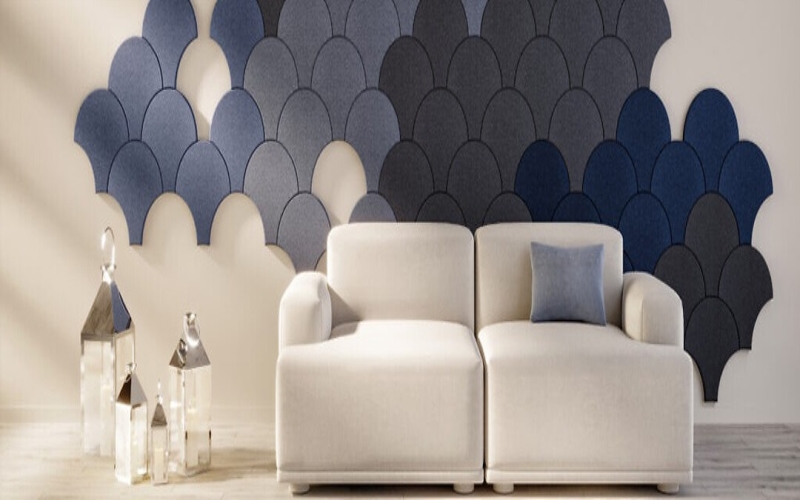In the realm of art, where visual and auditory experiences intertwine, a unique form known as acoustic art emerges. Combining the elements of sound and visual aesthetics, acoustic art offers a multisensory journey that captivates and engages its audience. In this article, we’ll delve into the fascinating world of acoustic art, exploring its origins, techniques, and the immersive experiences it creates.
What is Acoustic Art?
Acoustic art, also referred to as sound art or audiovisual art, encompasses a diverse range of artistic expressions that integrate sound and visual elements. Unlike traditional art forms that primarily focus on visual aesthetics, acoustic art engages both the eyes and ears of the viewer, inviting them to experience art in a dynamic and interactive manner.
Origins and Evolution
The origins of acoustic art can be traced back to the early 20th century, with the advent of experimental music and avant-garde movements. Artists and composers began exploring the possibilities of integrating sound and visual elements to create immersive experiences that transcended traditional boundaries. Over time, acoustic art has evolved and diversified, incorporating advancements in technology and interdisciplinary approaches.
Techniques and Mediums
Acoustic artists employ a variety of techniques and mediums to create their works, ranging from traditional art forms to cutting-edge digital technologies. Some common techniques include:
- Audiovisual Installations: Acoustic artists often create immersive installations that combine projected visuals with synchronized soundscapes. These installations may incorporate elements such as light, projection mapping, and interactive interfaces to engage the audience.
- Interactive Art: Interactive acoustic art allows viewers to actively participate in the creation of sound and visuals. This may involve sensors, motion detection, or other interactive technologies that respond to the viewer’s movements or gestures, creating a dynamic and personalized experience.
- Mixed Media: Acoustic artists may utilize a combination of traditional and digital mediums, including painting, sculpture, video, and sound recordings. By blending these mediums, artists can create multidimensional artworks that stimulate multiple senses simultaneously.
Immersive Experiences
One of the most compelling aspects of acoustic art is its ability to transport viewers into immersive sensory environments. Whether through large-scale installations, virtual reality experiences, or site-specific performances, acoustic art invites viewers to transcend the boundaries of traditional art spaces and embark on a journey of exploration and discovery.
Applications and Impact
Acoustic art finds applications across various fields, including fine art, multimedia entertainment, education, and therapy. In addition to its aesthetic appeal, acoustic art can serve as a powerful tool for communication, expression, and emotional resonance. It has been used in museums, galleries, public spaces, and digital platforms to engage audiences, evoke emotions, and spark dialogue.
Conclusion
Acoustic art represents a fusion of creativity, technology, and sensory experience, offering a rich tapestry of auditory and visual stimuli for audiences to explore and enjoy. Whether through immersive installations, interactive experiences, or mixed-media creations, acoustic artists continue to push the boundaries of artistic expression, inviting viewers to engage with art in new and innovative ways. As technology advances and interdisciplinary collaborations flourish, the possibilities for acoustic art are limitless, promising an exciting future filled with captivating experiences for art enthusiasts around the world.

